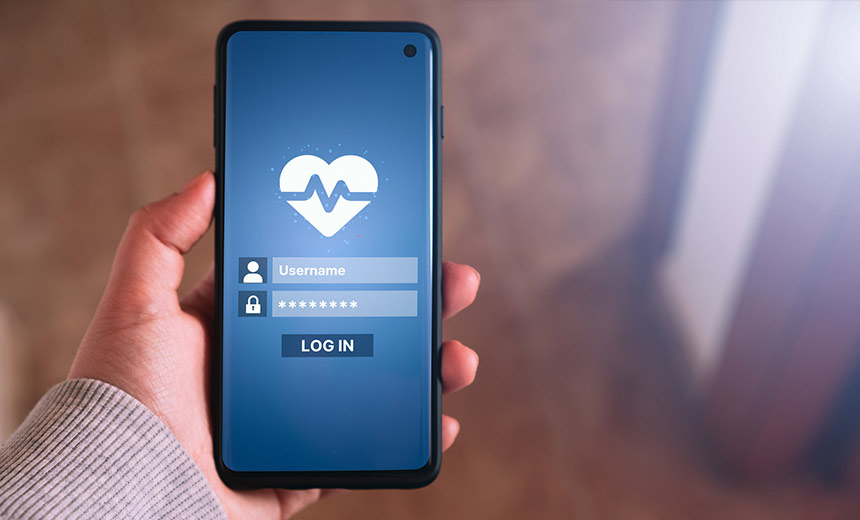Data Privacy,
Data Security,
Healthcare
Evolving Tech Standards and Regulatory Actions: What’s Hindering Full Access?

Recent advancements in technology standards and federal regulations have eased patients’ access to their electronic health information, yet numerous barriers persist. While patients can now navigate their health data more securely, the reality is that they often find themselves entangled in various obstacles.
See Also: Built for Healthcare Compliance: Identity Strategies That Reduce Cyber Risk
Even as the healthcare sector undergoes a digital transformation, patients frequently struggle to obtain a comprehensive view of their health information from different providers. Additional challenges arise when attempting to secure access for specific patient groups, such as those with complex health conditions or minors.
“The primary barrier to effective information sharing, both with patients and among healthcare providers, is the proprietary nature of electronic health records and the systems used by their vendors,” stated privacy attorney Iliana Peters from the law firm Polsinelli.
Regulations governing electronic health information trace back to the HITECH Act of 2009. However, the 21st Century Cures Act final rule, implemented by the Department of Health and Human Services, has been pivotal in laying the groundwork for improved information exchange. This legislation urged health IT developers to implement secure, standards-based application programming interfaces, simplifying the process for patients to access health data via mobile health applications.
Central to the Cures Act, passed in 2016, is a commitment to enhance medical innovation and improve patient outcomes through interoperability and secure access to electronic health information. Yet, while technical standards are evolving, achieving a seamless integration of health records remains a pressing concern.
Under the modernization initiatives, health IT developers are encouraged to adopt standards like Fast Healthcare Interoperability Resources (FHIR), which facilitates electronic healthcare data exchange. Additionally, the Cures Act put in place policies aimed at promoting secure nationwide information exchanges, discouraging illegal practices like “blocking” health information sharing by providers and vendors.
While most patients appreciate online access—evidenced by a 2024 report indicating that 65% of patients accessed their medical records electronically—there is still a pressing need for improvement as many patients juggle multiple access points for their health information. Privacy expert Adam Greene highlighted the significant role played by the HITECH Act and the Cures Act, stating these initiatives have been pivotal in enhancing electronic access to health records.
The Office for Civil Rights at HHS is currently examining cases related to patient right-to-access claims. Over the last six years, enforcement efforts have revealed numerous violations of the HIPAA Privacy Rule, which grants patients the right to access their protected health information in a timely manner. This scrutiny follows a mix of complaints from patients experiencing delays in obtaining their records.
Despite significant strides in electronic health record management, barriers remain. Peters noted that various vendors continue to impose contractual and technical restrictions, impeding the compliant sharing of patient data. Until HHS enforces existing laws effectively, these practices are likely to persist.
Additional complexities arise from the fact that many patients receive care from multiple providers, complicating access to an integrated view of their records. A recent study indicated that nearly 60% of patients had multiple online medical record portals in 2024, but just 7% utilized apps designed to consolidate these records.
McGraw emphasized that while various initiatives have facilitated greater patient access, hurdles such as managing multiple login credentials across provider portals continue to present challenges. Patients are encouraged to explore consumer apps that can interface with multiple healthcare systems, although they must remain vigilant about privacy and security measures.
Emerging technologies that allow for accurate and continuous data synchronization between patient portals also face obstacles. McGraw pointed out existing issues around records not being available via FHIR APIs, forcing patients to engage in cumbersome requests for data via traditional methods.
Challenges surrounding access to adolescent health records have also become a point of concern. Healthcare providers often face dilemmas in granting parents access while safeguarding sensitive information. This predicament can lead to frustration and prolonged access times for parents seeking their children’s records.
As patient access to health records gains traction, it reflects a growing recognition among providers of its fundamental importance. McGraw remarked on the past reluctance to prioritize patient access, underscoring the transformative potential of ongoing efforts to eliminate barriers and improve access to health data throughout the healthcare ecosystem.
